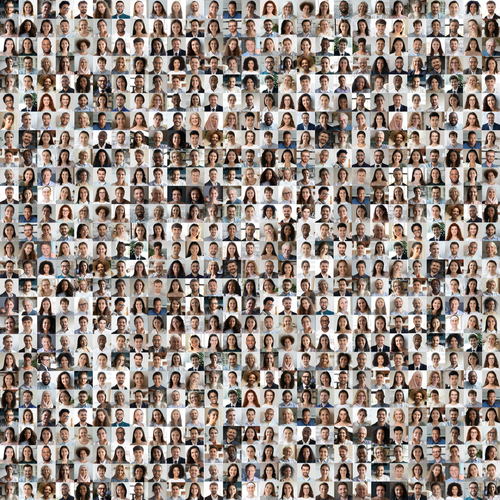
The Department of Homeland Security (DHS) Science and Technology Directorate (S&T) published the results of its 2022 Biometric Technology Rally last week, revealing that participants showed high capabilities in group recognition processing and low chances of bystander impact.
The Rally’s goal had been to gather industry and encourage the development of faster, more accurate, and easier-to-use biometric recognition capabilities for security purposes. Checkpoints, for example, could make extensive use of the technology. They also process large groups of people, and this challenge sought to match the technology to on-the-ground realities – like the fact that the International Trade Administration noted that more than a third of travelers visiting the United States in 2020 traveled in groups of two or more.
Crowds, therefore, became the focus of the technology’s photo-processing capabilities.
“The purpose of Rally 2022 was to raise the performance bar, to further challenge industry to develop technologies that address operational challenges and constraints, while also addressing privacy and civil rights and civil liberties concerns,” said Arun Vemury, DHS S&T Biometric and Identity Technology Center lead. “Biometric technologies are continuing to improve in terms of accuracy, speed, and ease of use, so it is important that we ensure these capabilities also include privacy safeguards, including the option to opt out of biometric screening.”
The event was held at S&T’s Maryland Test Facility over 11 days. It included 40 facial recognition configurations using four face acquisition systems and 10 matching algorithms for 575 test volunteers from 54 countries. Based on their abilities to capture and match images from small groups of volunteers, the best system combination was able to identify 97 percent of the people in groups of two or four, taking less than two seconds per individual. Even when errors did occur, the major source was found to be the camera used, not the algorithm.
To address privacy concerns, the tests also showed that less than 1 percent of non-users were photographed by the systems deployed.




